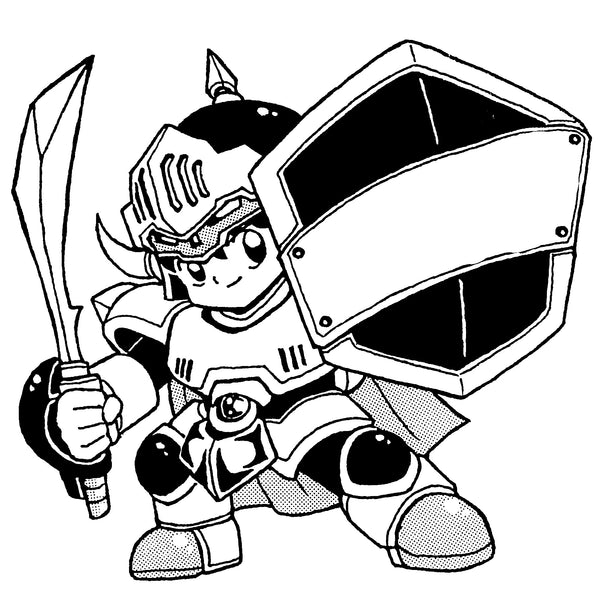Part 3: And Then, a Legend Was Born

Part 7: The First Cry and the First Trial
On July 15, 1983, the Family Computer was born. However, the launch was not smooth. A fatal defect was found in the initial batch. President Hiroshi Yamauchi made the difficult decision to recall every single unit, disregarding profit. This sincere response built an unshakable foundation of trust: "Nintendo does not betray children."
Part 8: The Soulless Box

The Famicom returned to the market, but something was still missing. It lacked a "killer app"—a game so compelling that people would buy the console just to play it. A piece of hardware is just a box. The ultimate software was needed to breathe a soul into it.
Part 9: Running, Jumping, and Changing the World

And then, on September 13, 1985, a piece of software that would forever change the history of entertainment was quietly released: "Super Mario Bros." Created by the young genius Shigeru Miyamoto, it was not merely a "game." It was a magical experience that allowed anyone to become the hero of an adventure through a controller.
This single game breathed a true "soul" into the Famicom. And that soul is still being passed down to new dreams today.
Our shop's true "killer software" is not a specific game. It is this dream: "To create an online museum where people from all over the world can talk about the memorable games of their own country."
Just as the Famicom connected children all over the world with a single game, we want to connect the memories and smiles of people worldwide from this very place, using the common language of games. This blog is the first small, but certain, step toward building that "online museum."
